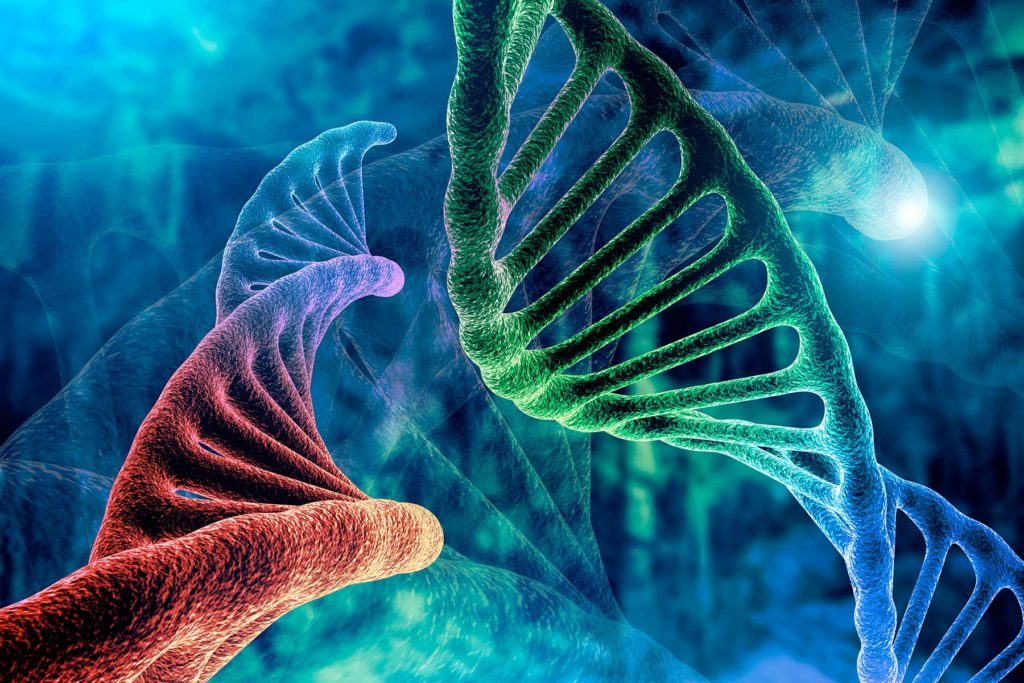Research shows major depressive disorder (MDD) tends to affect more women than men. Puberty marks the beginning of that difference, but hormonal changes aren’t the only reason. Other health issues, genes, and poverty can also lead to higher numbers of depression in women. Here’s what you need to know.
Your Genes
Studies on identical twins hint that genetics may be a factor for depression in women. If you have a family history of depression, you’re more likely to be affected. But you can get it if no one in your family has it. There are also some gene mutations, or changes, linked to depression that have only been found in women.
Hormone Levels
Many milestones in a woman’s life cause changes in estrogen and progesterone levels. This can raise depression risk. They include:
Puberty. Women become more likely than men to get depression as early as age 11. It’s often one of the symptoms of the severe form of premenstrual syndrome called premenstrual dysphoric disorder (PMDD).
Continued
Pregnancy. Hormonal changes during pregnancy raise your chances of depression during pregnancy (prenatal) and depression that begins after your baby is born (postpartum). Miscarriage can also trigger depression.
Menopause. Perimenopause, the years-long phase leading to menopause, and menopause itself are times of higher risk because of the way your hormones rise and fall. Symptoms like extreme hot flashes and night sweats can lead to first-time depression. If you’ve had depression before, it’s more likely to happen again as you move toward menopause.
Stress
Women often face more stressful life challenges because of gender roles. Most women who work outside the home also take care of many family responsibilities. These may include caring for aging parents as well as children. Single mothers with young children, particularly women who have a hard time making ends meet, have a high rate of depression.
Even positive life changes, like a promotion at your job, can lead to stress if they come with more commitments. Low-grade, daily stress that wears on you over time could trigger depression in all these situations. And having a negative outlook after age 50, especially about aging and menopause, is a risk factor for depression in later stages of life.
Health Conditions
Life-threatening events like a stroke, heart attack, or cancer can trigger depression. So can ongoing pain. The risk is even greater if your health already isn’t that good or you don’t get enough exercise.
Other Mental Health Issues
Women are more likely than men to have anxiety. They’re also more likely to constantly think about their problems. Both can up your depression risk or worsen existing depression. Anxiety can also increase your risk for depression coming back, especially in midlife. Eating disorders like bulimia and anorexia are also depression risk factors.
Finding Relief
In addition to medication and talk therapy, these things may help:
Exercise. Physical activity is known to boost mood and ease depression symptoms, but getting a lot of exercise is extra important for women. One study that followed women for 10 years found that higher levels of activity went hand-in-hand with lower levels of depression symptoms over that time.
Yoga. Research shows that yoga during the perinatal period can help manage both depression and anxiety.
Detached mindfulness (DM). This mind-body technique shows you how to change the way you think. You work on disconnecting from your thoughts so you don’t analyze, react to, or replay them in your head over and over. One study of older women who were all on an antidepressant found that those who also had DM sessions two times a week had fewer depression symptoms.
